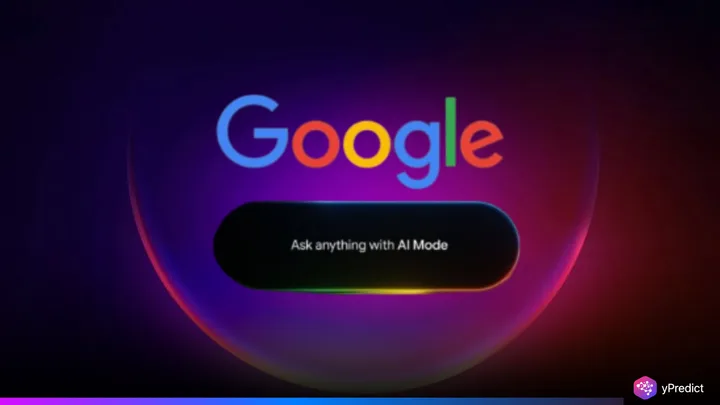
Google has launched its most advanced search feature, AI Mode, in India to help users tackle more complex and natural questions. The rollout, available through Search Labs in the Google app, allows users to ask longer and more detailed questions. Powered by a custom version of Gemini 2.5, AI Mode breaks down broad queries into subtopics and returns smarter, context-rich responses. According to Google VP Hema Budaraju, the goal is to give users “real-time answers that feel more human, grounded, and useful.”
She explained that AI Mode also accesses current web data, product listings, and real-world facts to make the search feel less fragmented. With India as one of the most active regions for Google Lens usage, the company hopes that multimodal input, text, voice, or image, will improve accessibility and expand how people interact with Search. The feature is still experimental, but early signs point to a shift in how people search online.
AI Mode Breaks Questions Down, Builds Smarter Answers
Google’s new AI Mode is now live in India, bringing smarter, more human-like search to millions. It’s designed for users who often search with full sentences or open-ended queries, not just keywords. Built into the familiar Google Search, AI Mode is powered by Gemini 2.5 and uses a query fan-out technique.
That means it takes a user’s broad question, splits it into parts, and runs several searches at once. If someone asks, “How do I entertain two kids indoors on a rainy day?”, AI Mode breaks it down into games, supplies, and setup tips. The tool can then offer practical suggestions with links, images, and real-time shopping results.
“You can not only access high-quality web content,” Budaraju said, “but also fresh, real-time sources like the Knowledge Graph and product data.”Users can type, speak, or even snap a photo to ask questions. For example, a picture of a plant can return care instructions and lighting tips.
Early Use Cases Point to a Shift in Search Habits
In early trials, users asked questions two to three times longer than normal. That includes things like trip planning, comparing gadgets, or cooking for specific diets. The system’s ability to understand full questions lets it reduce the number of follow-up searches users typically make. Instead of piecing together multiple results, people now get one cohesive response.
Google says the feature is still in development. If the AI isn’t confident in its answer, it reverts to traditional search results. That balance between AI and classic Search is meant to preserve trust while improving user experience. However, challenges remain. Users may still see occasional inaccuracies.
Since it’s a new product, Google is relying on feedback to refine responses and improve reliability. The company also plans to support more languages and regional content. For now, AI Mode is available in English across Android and iOS for users enrolled in Search Labs. As more people in India try it, Google hopes to better understand what users really want from next-gen search.
AI Search Gains a Testbed in India’s Mobile-First Market
With India’s diverse user base and heavy reliance on mobile internet, Google’s decision to test AI Mode here makes strategic sense. It gives the company insight into how different groups interact with multimodal tools and whether longer queries change search behavior at scale.
AI Mode builds on Google’s earlier AI Overviews, but adds deeper reasoning, context mapping, and image-based understanding. It’s not just a feature, it’s a window into what search might become. As the lines blur between asking, searching, and discovering, Google is positioning AI Mode as a step toward natural, adaptive digital assistance. And while it’s still early, India may help shape how the world searches next.






